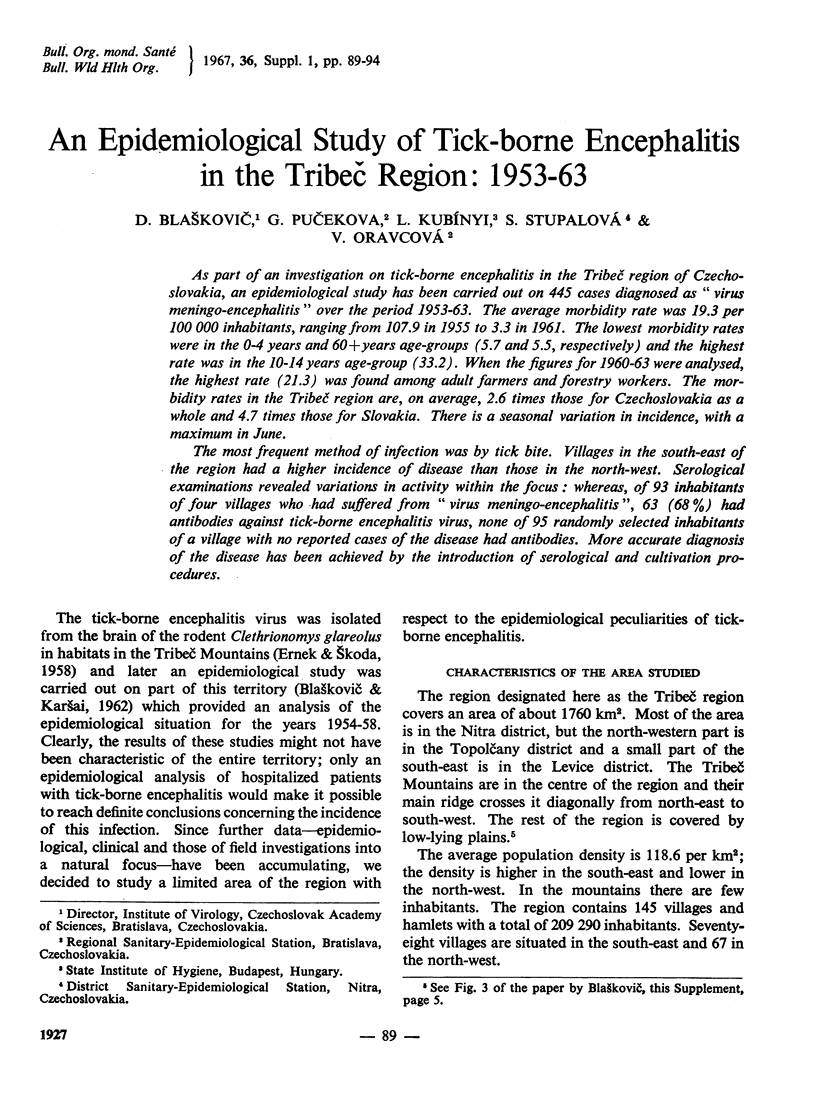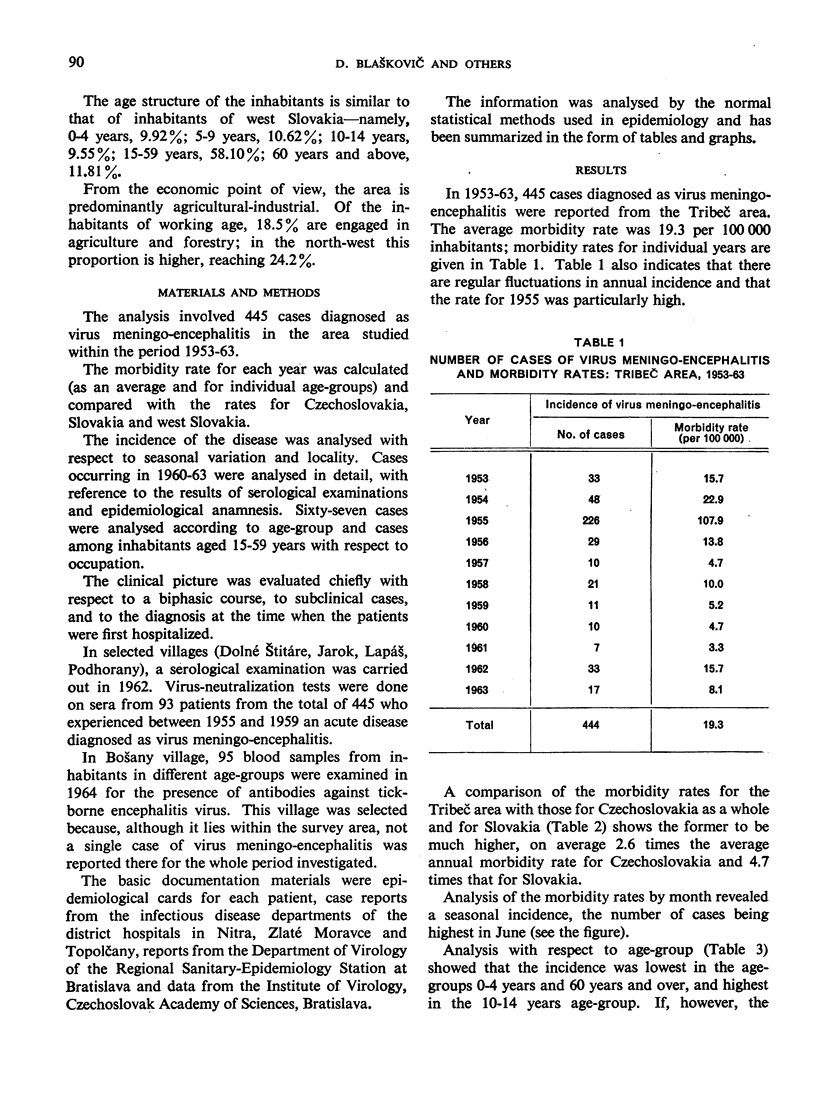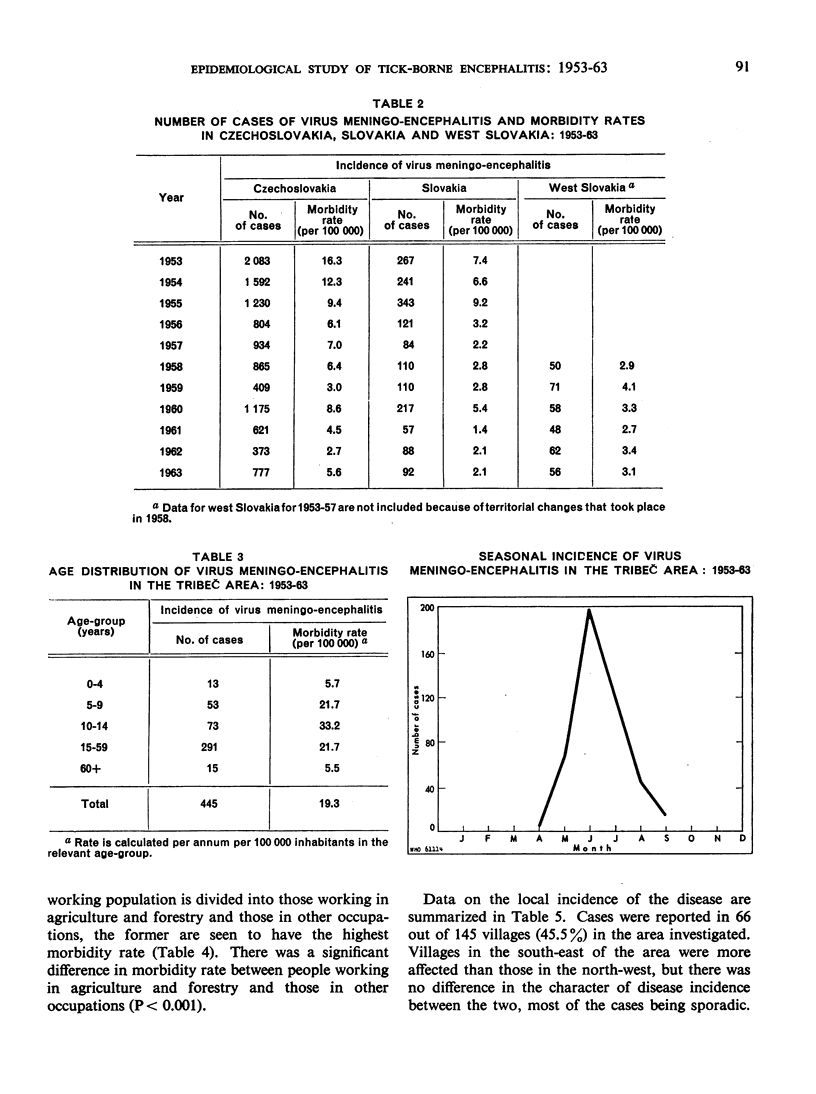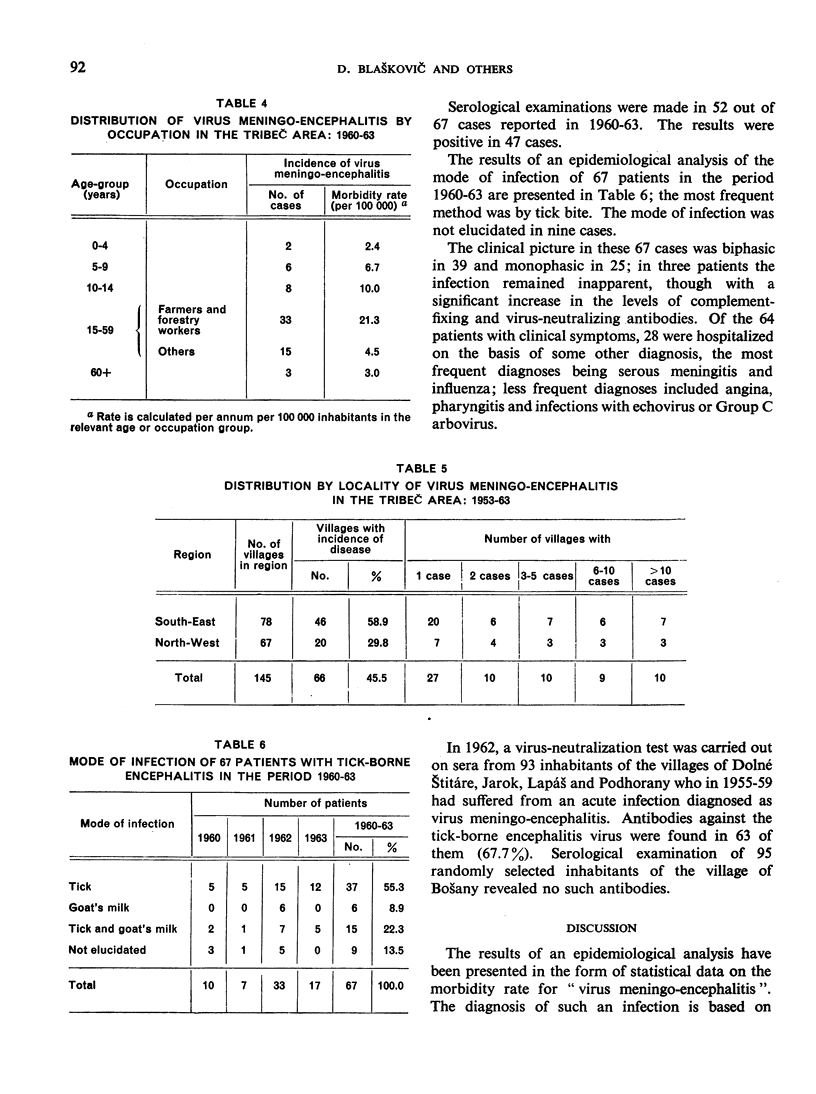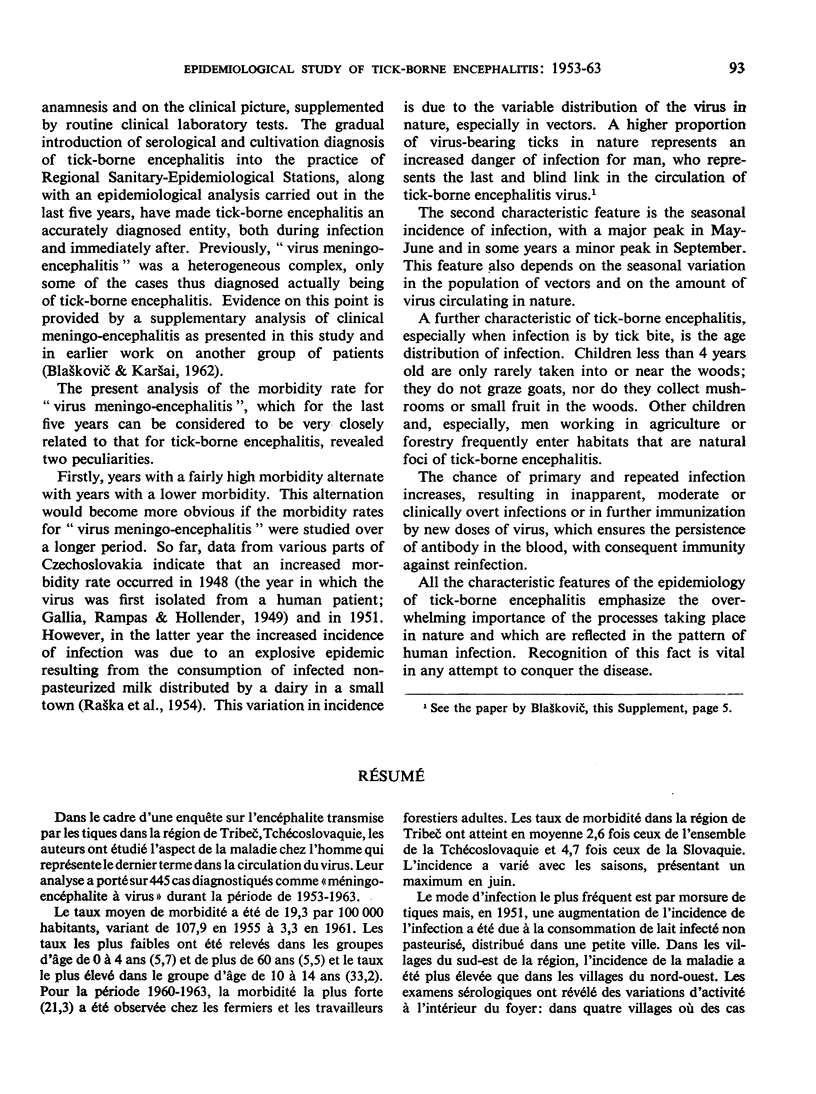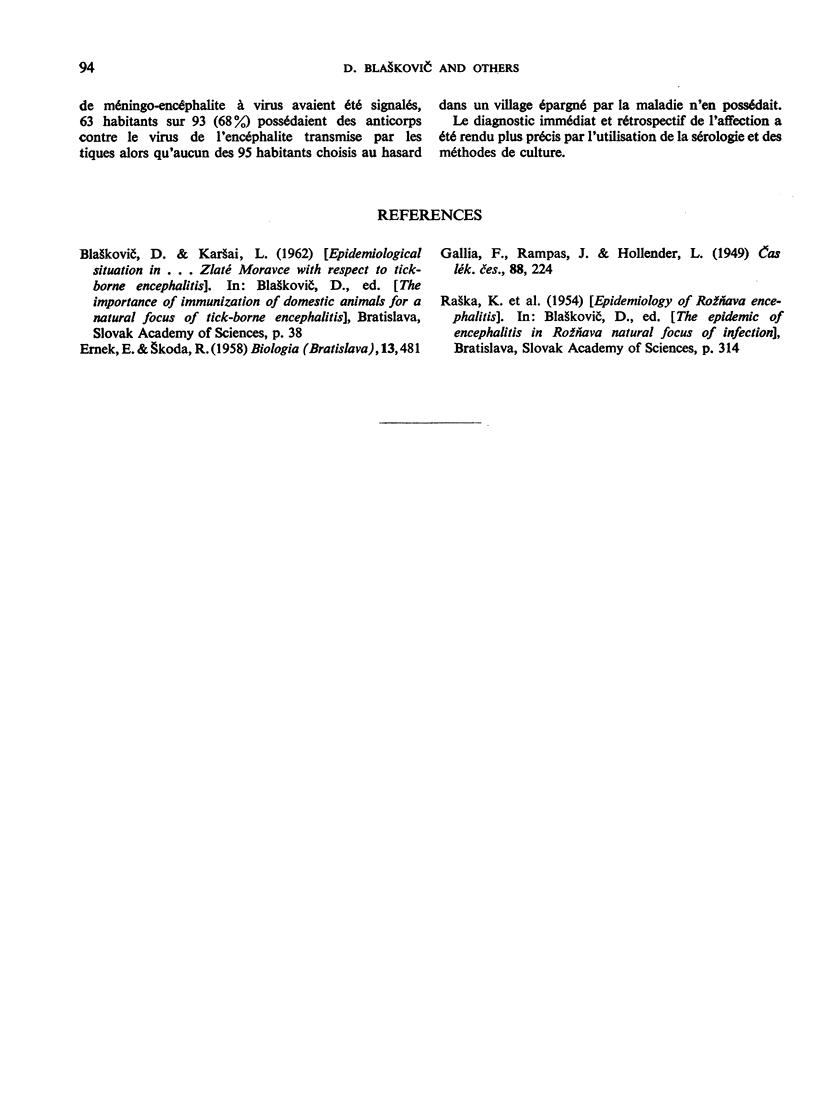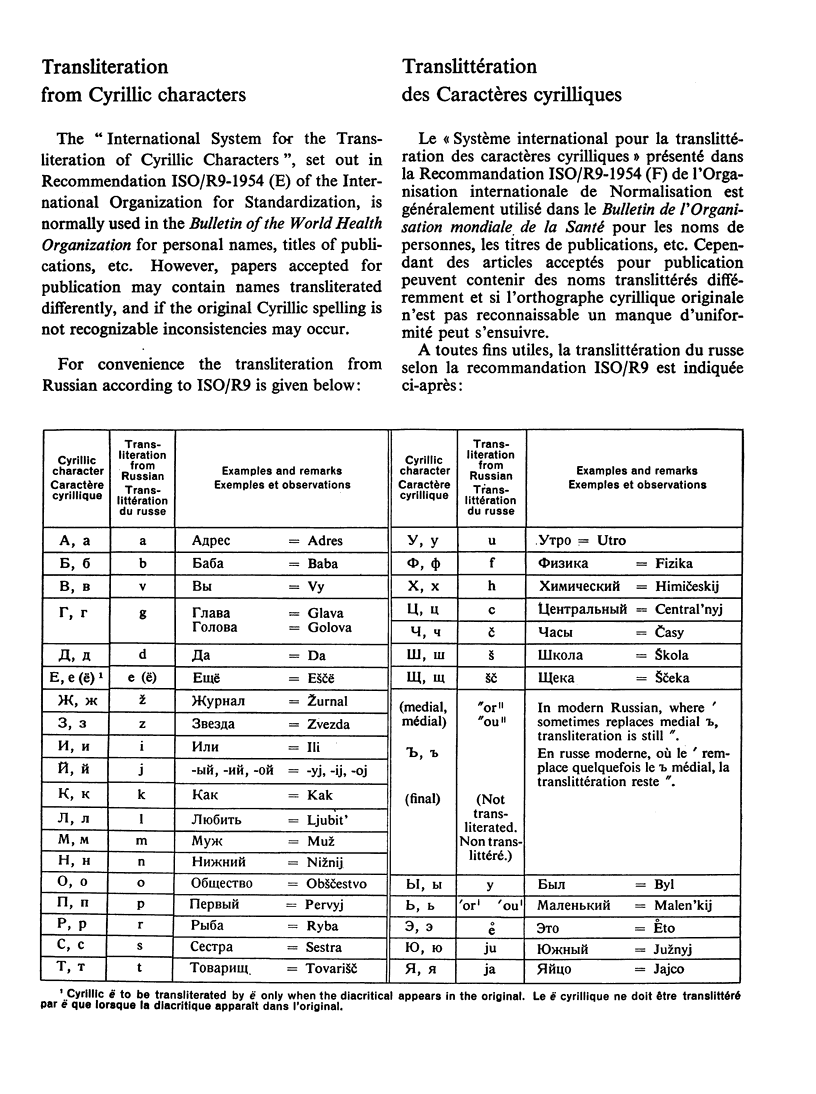Abstract
As part of an investigation on tick-borne encephalitis in the Tribeč region of Czechoslovakia, an epidemiological study has been carried out on 445 cases diagnosed as ”virus meningo-encephalitis” over the period 1953-63. The average morbidity rate was 19.3 per 100 000 inhabitants, ranging from 107.9 in 1955 to 3.3 in 1961. The lowest morbidity rates were in the 0-4 years and 60+years age-groups (5.7 and 5.5, respectively) and the highest rate was in the 10-14 years age-group (33.2). When the figures for 1960-63 were analysed, the highest rate (21.3) was found among adult farmers and forestry workers. The morbidity rates in the Tribeč region are, on average, 2.6 times those for Czechoslovakia as a whole and 4.7 times those for Slovakia. There is a seasonal variation in incidence, with a maximum in June.
The most frequent method of infection was by tick bite. Villages in the south-east of the region had a higher incidence of disease than those in the north-west. Serological examinations revealed variations in activity within the focus: whereas, of 93 inhabitants of four villages who had suffered from ”virus meningo-encephalitis”, 63 (68%) had antibodies against tick-borne encephalitis virus, none of 95 randomly selected inhabitants of a village with no reported cases of the disease had antibodies. More accurate diagnosis of the disease has been achieved by the introduction of serological and cultivation procedures.
Full text
PDF